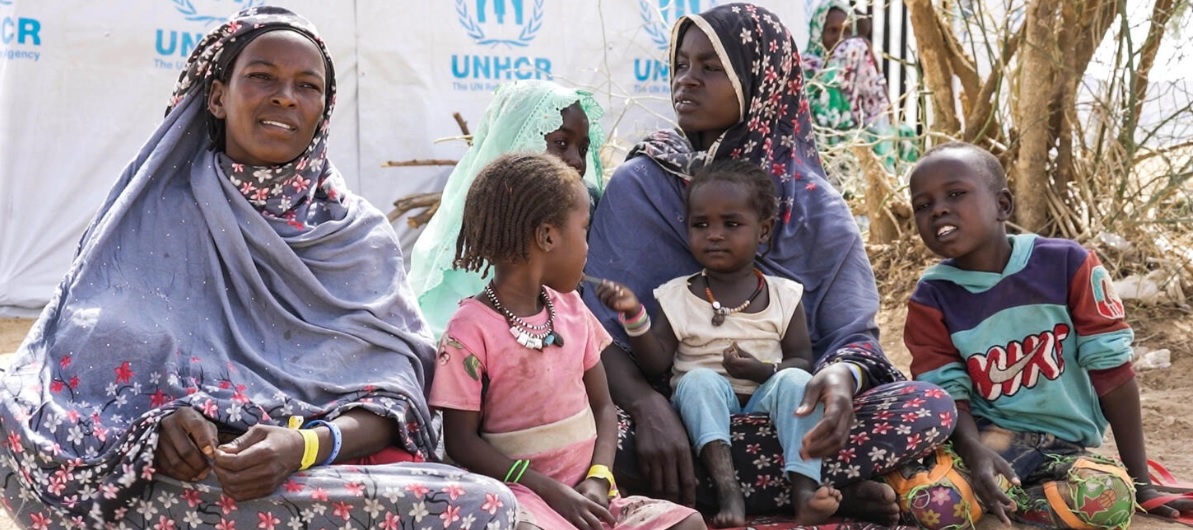
UNHCR: Sudanese Refugees Continue to Arrive in Chad
moatinoon
Sudanese individuals are still seeking refuge in the country of Chad due to the ongoing war in their homeland. The United Nations High Commissioner for Refugees (UNHCR) stated in its latest mid-month update that approximately 15,000 people have arrived in Tissi and Kalamé. A mission visited the site on January 15 to provide more information about the number of individuals and their profiles.
At the Adré border center, the UNHCR and the National Center for Refugees recorded 1,747 new arrivals (432 families) during the week covered in the report from January 11 to January 17. The newcomers fled violence and deteriorating living conditions in El Geneina, Ardamata, and El Fasher.
During this period, the UNHCR and its partners registered 16,301 individuals (4,653 families) in refugee sites in Arko, Touloum, and Kouk Amiir, bringing the total registered to 174,000 people out of the 227,000 transferred. Seventy-five percent of them are under 26 years old, with 50% being under twelve. There is a high proportion of women and girls, with the majority coming from Masalit and Zaghawa communities in the cities of El Geneina and El Fasher.
Regarding accommodation, the UNHCR mentioned that 33,344 individuals (9,084 families) were relocated from Adré to Alasha, and 2,194 individuals (630 families) were moved to Mitsi. The capacity of the Alasha camp neared 83% of available spaces.
During this period, the UNHCR built 647 shelters in the Alasha camp for refugees, including 450 emergency shelters and 197 residential units. They also erected 459 tents for small families, bringing the total number of shelters built since the transfer from Adré to Alasha on November 30 to 8,644 residences.
Regarding camp management and services, the UNHCR explained that a workshop on camp management was organized during the covered week. The workshop aimed to build the capacity of personnel in protecting, managing, and administrating refugee camps in eastern Chad. Additionally, four primary schools, office space, and a directors office were handed over to refugee services by Jesuit Refugee Services, the UNHCR, and school authorities. This will provide access to education for refugee students and host communities alike.
In Mitsi, the Norwegian Refugee Council (NRC) built twenty-one temporary classrooms and began training refugee teachers.
Regarding health and nutrition services, the International Rescue Committee (IRC) installed a mobile medical clinic on the Tine border, providing medical assistance to 2,800 newly arrived refugees during the reported week. This included referrals for severely malnourished children to the Erriba and Tine health centers.
The UNHCR emphasized that additional funds are still needed to cover water, sanitation, and general hygiene needs, such as new toilets and emptying existing ones in various locations. This includes extensions in the Wadi Fira, Mile, Touloum, Konongo camps, as well as exploring alternatives for water transportation. The water supply capacity remains low despite partner efforts, and the situation will worsen with the increasing number of refugees.

